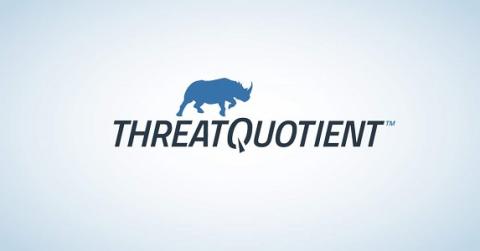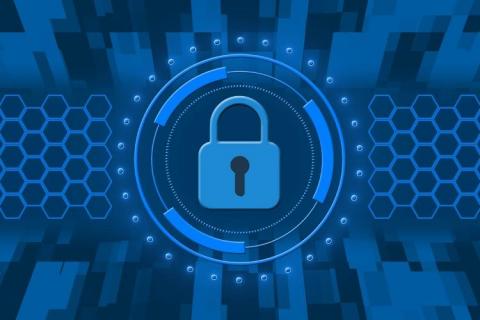Security | Threat Detection | Cyberattacks | DevSecOps | Compliance
ThreatQuotient
Organizations are traveling the road to cybersecurity automation, but it is not a smooth journey
Our latest industry research – ‘The 2022 State of IT Security Automation Adoption’ – which we have undertaken for the second year running and expanded into other regions including the UK, USA and Australia, shows strong signs that cybersecurity automation adoption is advancing, but 97% of respondents say they have experienced problems during implementation.
Unlock the Power of Security Automation: Threat Intelligence Management
Threat intelligence has become a significant input to the overall ecosystem that organizations leverage in their security footprint. Managing that data and the contextualization required to develop useful information can be daunting for fledgling and established organizations. I will discuss ways to automate some of the repetitive tasks and fuel other areas of the security organization to help them better achieve their mission sets.
Overcoming the Barriers to Automating Your Cybersecurity
Unlock the Power of Security Automation: 3 Use Cases to Consider
At ThreatQuotient, we write a lot about security automation. Most recently, we’ve discussed how our data-driven approach to automation helps enable extended detection and response (XDR) in all phases of security operations including detection, investigation and response.
As the Cyber Threat Environment Escalates, How are Organizations Responding?
Globally, the cyber threat level to organizations remains high and the current situation only serves to highlight this further. To this point, any organization that has substantial gaps in its cybersecurity capabilities is operating at risk, and when the threat landscape changes, as it has now, so we become more aware of the vulnerabilities that we have carried for some time and the need for better Cyber Threat Intelligence.
Automation in Cybersecurity: Overcoming Barriers to Adoption
“Automation” has become a buzzword in cybersecurity circles. That’s not surprising in an environment where security specialists are in short supply and under intense pressure to defend the business against a huge variety of threats from innumerable different sources. Using technology to do at least some of the work seems like a no-brainer. Nevertheless, it seems that organizations are finding it hard to get the right approach to cybersecurity automation.
Correlating Data across Multiple Security Systems and Tools with XDR
Gartner defines Extended Detection and Response (XDR) as “a SaaS-based, vendor-specific, security threat detection and incident response tool that natively integrates multiple security products into a cohesive security operations system that unifies all licensed components”. Simply put, the main component of XDR is the ability to correlate data across multiple security systems and tools for better detection and response.
Security Automation, Lessons Learned from Top Gun: Maverick
The cybersecurity industry has talked about security automation for years. We’ve grappled with what, when and how to automate. We’ve debated the human vs machine topic. And when we’ve been burned by machines quarantining a system or blocking a port on a firewall in error, we’ve wondered if there’s any place at all for automation. But deep down we know that automation is the future, and the future is here.











